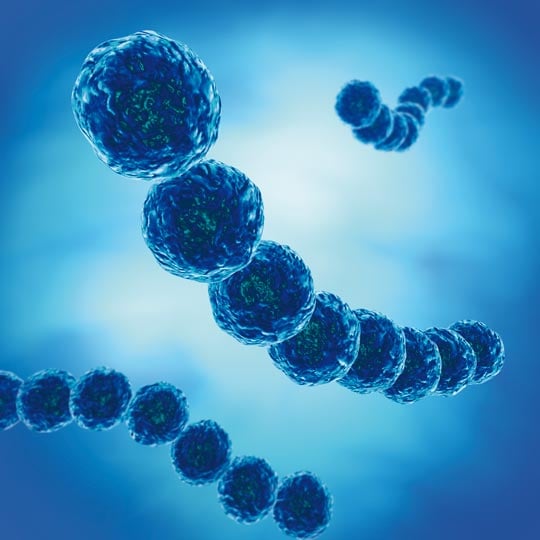Enterococcus faecium is a Gram-positive bacterium that can be observed singly, in pairs, or in chains. It belongs to the Enterococcaceae family. The bacterium can utilise both aerobic and anaerobic cellular respiration pathways.
Enterococcus faecium is less pathogenic, but may cause catheter-associated urinary tract infection.
It is often resistant to anti-infective drugs. Multi-resistant strains that are resistant to aminopenicillins, glycopeptides, vancomycin and teicoplanin (= VRE, vancomycin-resistant enterococci) have frequently been observed in intensive care units.
The main transmission path is direct or indirect contact with contaminated persons or objects.
» Necessary spectrum of antimicrobial activity
Bactericidal
Click here to find products with bactericidal activity.


